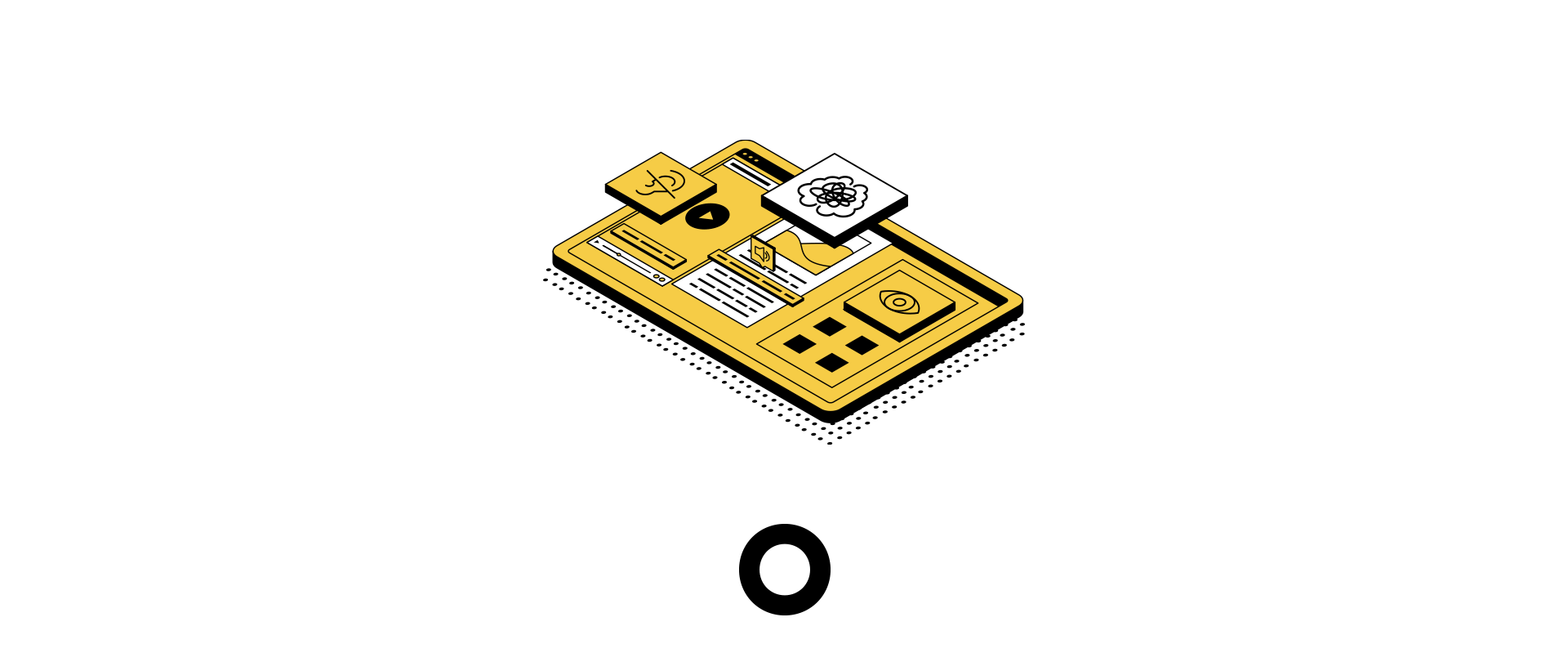Traditional navigation menus have served us well, but that hasn’t stopped designers from pushing boundaries to deliver innovative and engaging user journeys. Let’s dive into the realm of experimental navigation and explore whether or not you should incorporate it into your website.
The Purpose of Navigation
Navigation is a fundamental component of any website, serving as a roadmap for users to explore its content and functionality. Traditional navigation menus, often located at the top or side of a webpage, present a hierarchical structure with clearly labeled categories and subcategories. While this approach is widely accepted and understood, experimental navigation aims to break free from convention to create a more memorable and interactive user experience.
Check out our work with Movement Strategy.
Experimental site navigation can be a great way to break the mold and create a unique user experience. However, it’s important to thoroughly test designs before implementing them. If you’re not careful, experimental navigation can actually alienate users and make it harder for them to find what they’re looking for. The key to successful non-traditional navigation is to make sure that it’s still intuitive and easy to use. If users have to spend too much time figuring out how to navigate your site, they’re going to get frustrated and leave.”
– Kirill Davis, Big Drop’s UX/UI Lead
The Pros of Experimental Navigation
Differentiation and Brand Identity: Experimental site navigation allows your website to stand out from the crowd. By challenging the norm, you have the opportunity to create a unique visual identity that aligns with your brand and captures users’ attention.
Check out our work with Treehouse.
Enhanced User Engagement: Experimental navigation techniques, such as hidden menus, animated elements, or unconventional placement, can spark curiosity and encourage users to explore further. It can make the navigation process feel more like an adventure, fostering a sense of excitement and engagement.
Memorable User Experience: Websites that implement experimental navigation often leave a lasting impression on visitors. By offering a novel and unexpected interaction, users are more likely to remember your website and return for future visits.
Check out our work with Level One Fund.
Showcase Innovation: If your website represents a cutting-edge product or service, experimental navigation can be an effective way to convey innovation. It aligns your design with your brand’s forward-thinking mindset and demonstrates your willingness to push boundaries.
The Cons
Usability and Accessibility: While experimental navigation can be visually appealing, it’s crucial to maintain a balance between creativity and usability. Consider the needs of your target audience and ensure that your navigation remains intuitive and accessible to all users. Conduct thorough user testing to gather feedback and make improvements based on real-world usage.
Consistency: Experimental site navigation should not sacrifice consistency across your website. Maintain a coherent user experience by ensuring that users can still find their way around your website easily, regardless of the innovative elements you introduce.
Performance Optimization: Some navigation techniques, particularly those involving complex animations or interactions, can negatively impact website performance. Take care to optimize your website’s speed and performance, as slow-loading pages can frustrate users and lead to higher bounce rates.
Mobile Responsiveness: As mobile browsing continues to dominate, it’s essential to ensure that your experimental navigation translates well across different devices and screen sizes. Test your design thoroughly on mobile devices to ensure a seamless experience.
In Conclusion
Experimental navigation offers an exciting opportunity to break away from conventional design patterns and create a truly unique user experience on your website. By embracing innovation, you can differentiate your brand, increase user engagement, and leave a lasting impression. However, it’s important to balance creativity with usability and maintain consistency while optimizing performance and prioritizing mobile responsiveness. Ultimately, the decision to incorporate experimental site navigation should be based on your brand identity, target audience, and the goals you aim to achieve with your website. Remember to test and iterate based on user feedback to ensure a positive experience for all visitors. And if you need any assistance, you can always reach out to us here at Big Drop.
